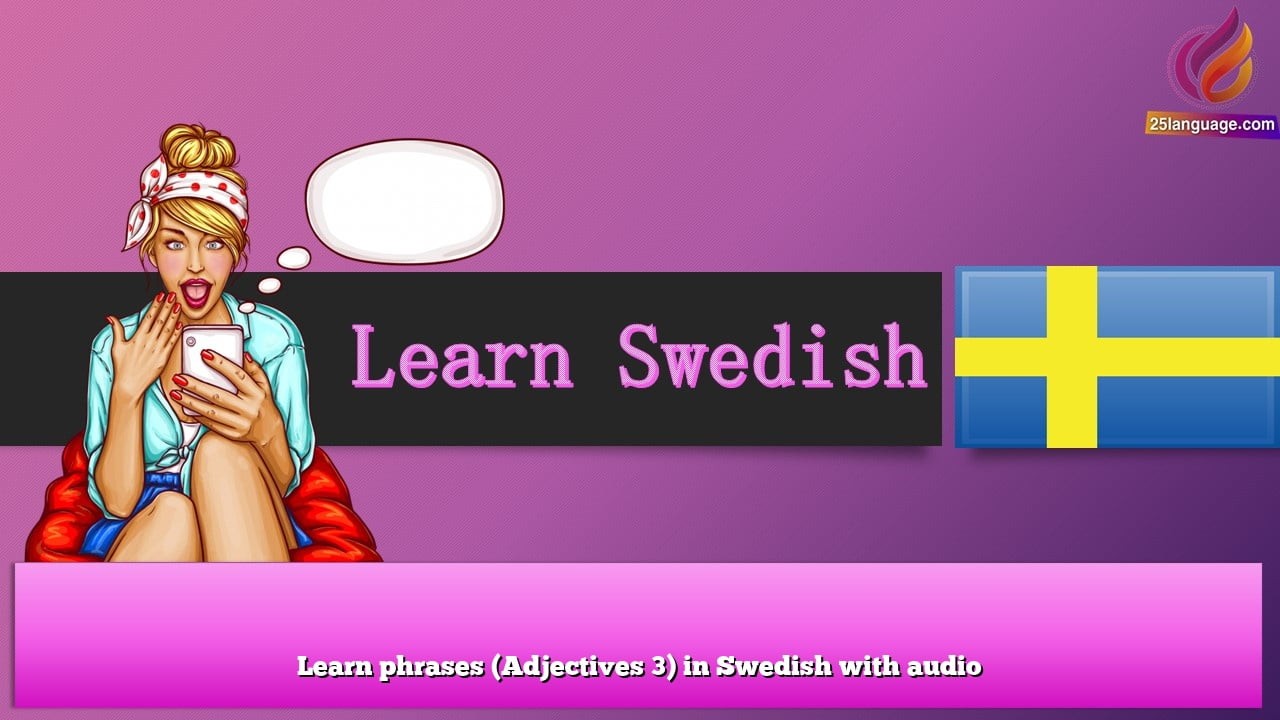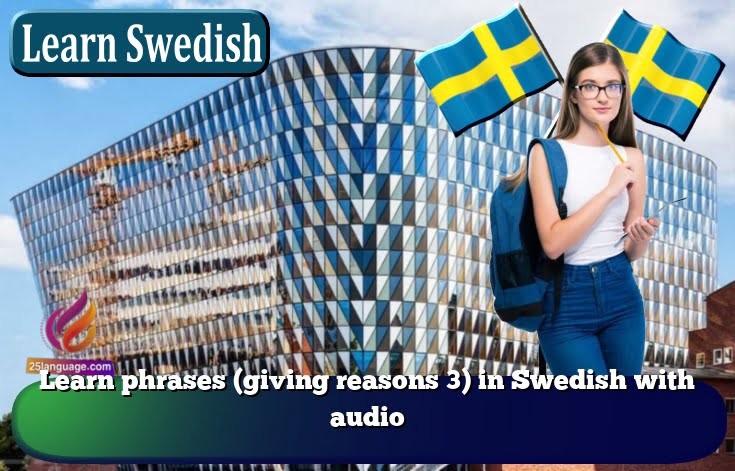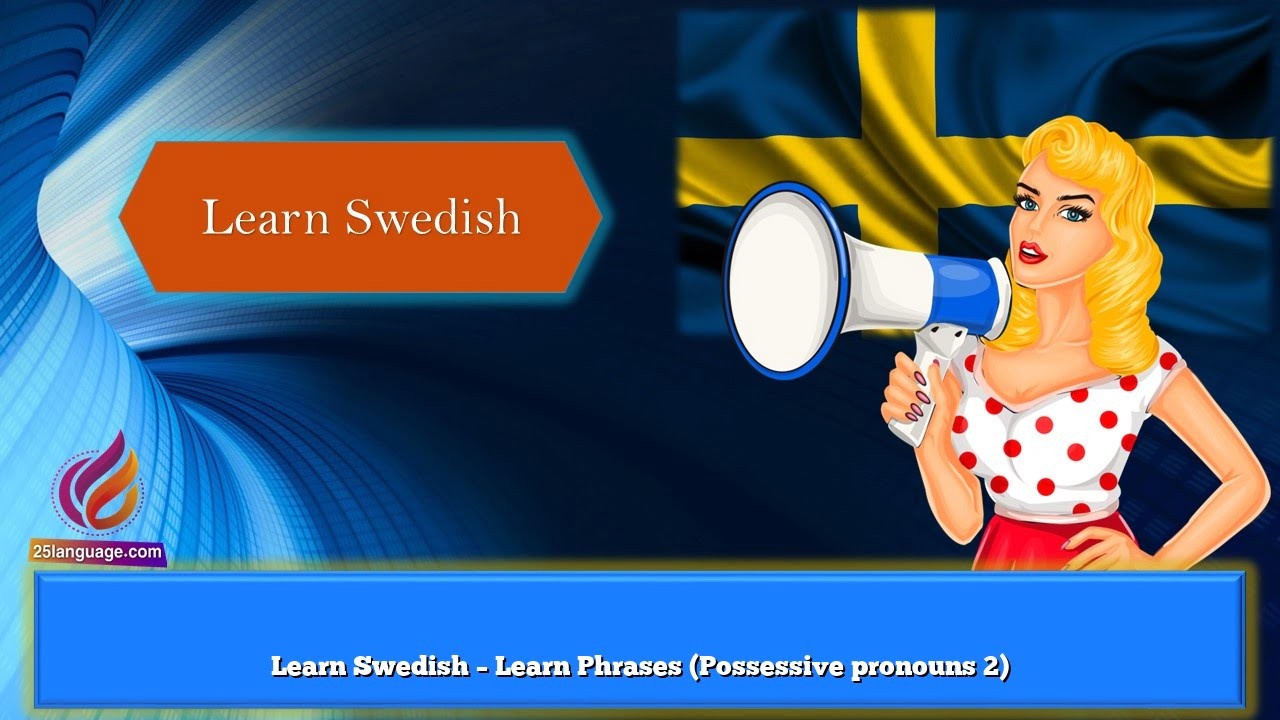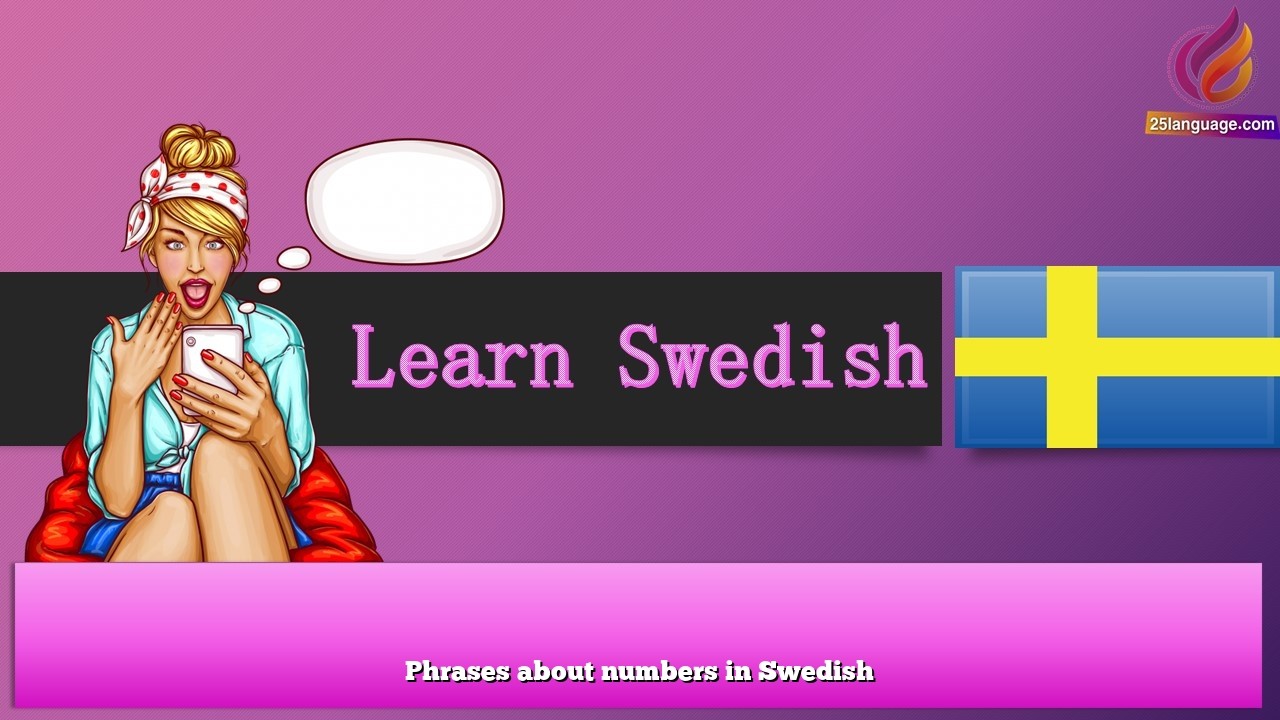Learn phrases (Adjectives 3) in Swedish with audio
Learn phrases (Adjectives 3)

😍😍Hi friends 👍👍Don't forget to listen to the pronunciation 😊Learn Swedish easily😊
Adjectives in Swedish are words that describe or modify nouns. They agree in gender, number, and definiteness with the noun they are modifying. In Swedish, adjectives can be either indefinite or definite, depending on whether the noun they describe is indefinite or definite.
Here are some key points about adjectives in Swedish:
- Indefinite Adjectives:
- When an adjective is used with an indefinite noun, it takes the indefinite form and agrees in gender and number with the noun.
- Examples:
- En stor bok (A big book)
- Ett vackert hus (A beautiful house)
- Fina blommor (Nice flowers)
- Definite Adjectives:
- When an adjective is used with a definite noun, it takes the definite form and agrees in gender, number, and definiteness with the noun.
- Examples:
- Den stora boken (The big book)
- Det vackra huset (The beautiful house)
- De fina blommorna (The nice flowers)
- Comparison of Adjectives:
- Adjectives in Swedish can also be compared to express degrees of comparison, similar to English.
- The comparative form is usually formed by adding “-are” to the adjective, and the superlative form is formed by adding “-ast” or “-aste.”
- Examples:
- Snabb (Fast) – Snabbare (Faster) – Snabbast (Fastest)
- Stark (Strong) – Starkare (Stronger) – Starkast (Strongest)
- Ung (Young) – Yngre (Younger) – Yngst (Youngest)
-
Placement of Adjectives:
- In Swedish, adjectives generally come before the noun they modify.
- Examples:
- En röd bil (A red car)
- Ett litet hus (A small house)
- Gamla böcker (Old books)
- Neuter Form:
- Some adjectives have a specific neuter form that is used with neuter nouns.
- Examples:
- En ung pojke (A young boy)
- Ett ungt barn (A young child)
Remember that adjectives in Swedish must agree in gender, number, and definiteness with the noun they describe. It’s important to learn the definite and indefinite forms of adjectives to use them correctly in sentences.
I hope this lesson helps you understand adjectives in Swedish! Let me know if you have any further questions.





























